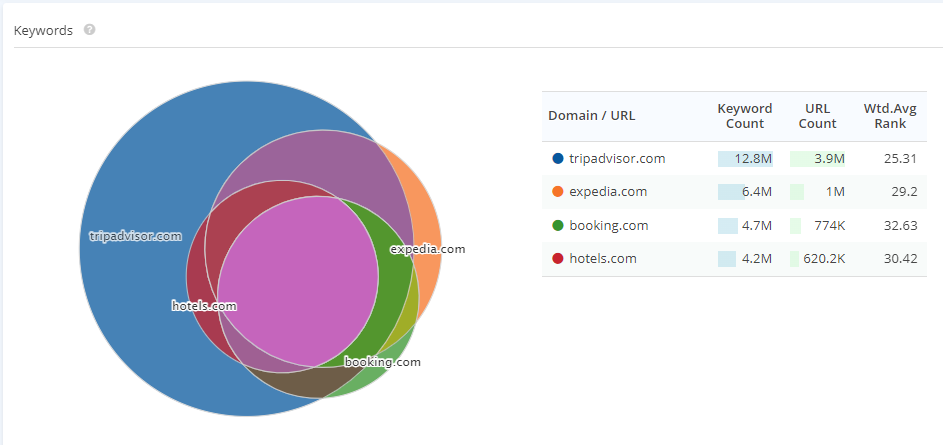In the competitive world of digital marketing, search engine visibility is more important than ever. One of the most powerful strategies to improve your website’s ranking is to use content clusters. This structured content approach allows businesses in Melbourne, Australia, and beyond to boost SEO performance, increase topic authority, and provide a better user experience. Whether you're a small business or a large enterprise, understanding how to leverage content clusters can give you a significant edge in SEO rankings.
At its core, a content cluster strategy involves organizing your website content into a central “pillar” page surrounded by related sub-topic pages, or “cluster” content. These clusters link back to the pillar page and to each other, creating a rich internal linking structure that signals topical relevance to search engines like Google. This method not only helps search bots understand your website better, but also keeps users engaged by offering them in-depth, related information on a topic.
In this blog, we’ll explore how to build effective content clusters, why they matter in modern SEO, and how businesses in Melbourne can use them to dominate local and national search rankings. By the end, you’ll have a clear plan for implementing this strategy to improve your website SEO and deliver more value to your users.
What Are Content Clusters and How Do They Work?
A content cluster is a group of interlinked pages that revolve around a specific core topic. The structure typically includes:
- Pillar Content: A comprehensive page that targets a broad keyword and serves as the central hub for the topic.
- Cluster Content: Individual blog posts or pages that target specific subtopics and link back to the pillar page.
- Internal Linking: Each cluster page links to the pillar and sometimes to other clusters to create a strong topical network.
Search engines reward this structured approach because it demonstrates depth, authority, and topical relevance. If your pillar page is about “Email Marketing in Melbourne,” cluster pages could include topics like “Best Email Automation Tools,” “Email Campaign Strategies for Small Businesses,” and “Improving Email Open Rates.”
Benefits of Using Content Clusters for SEO
Leveraging content clusters offers a wide range of SEO and user experience benefits:
- Improved Keyword Rankings: By targeting multiple related keywords across cluster pages, your site ranks for a broader range of search queries.
- Higher Topical Authority: Search engines recognize your site as an expert on the subject, improving your visibility on SERPs.
- Better User Experience: Visitors can easily find related content, keeping them on your site longer and reducing bounce rates.
- Streamlined Content Strategy: Content clusters provide a clear roadmap for future content development.
- Internal Linking Boost: Proper interlinking spreads page authority, helping lower-ranked pages gain traction.
How to Create Effective Content Clusters
Creating a content cluster strategy requires planning and execution. Here’s how to do it effectively for better SEO rankings in Melbourne:
- Step 1: Choose a Broad Topic: Select a pillar topic that is highly relevant to your business and has search demand. For example, “Digital Marketing Services in Melbourne.”
- Step 2: Conduct Keyword Research: Use tools like SEMrush, Ahrefs, or Google Keyword Planner to find long-tail keywords and subtopics related to your main topic.
- Step 3: Create the Pillar Page: Write an in-depth article (1500–3000 words) that comprehensively covers the pillar topic.
- Step 4: Build Cluster Content: Write supporting blog posts or pages focused on narrower keywords that support the pillar topic.
- Step 5: Interlink Strategically: Link each cluster page to the pillar page and vice versa. Where appropriate, link cluster pages to each other.
Examples of Content Cluster Topics for Melbourne Businesses
Let’s say you own a marketing agency in Melbourne, Australia. A pillar topic might be “SEO Services in Melbourne”. Here are possible cluster content topics:
- “Local SEO Strategies for Melbourne Businesses”
- “On-Page SEO Techniques for Small Business Owners”
- “The Importance of Technical SEO in Melbourne”
- “How to Conduct Keyword Research for Local SEO”
- “Google My Business Optimization for Melbourne Companies”
Each of these supports the pillar topic while targeting specific long-tail keywords. Together, they create a strong SEO footprint that improves your authority and ranking in local search results.
Why Content Clusters Matter More Than Ever
With Google's algorithm becoming more context-aware, creating content in isolated blog posts is no longer enough. Today, relevance, authority, and user intent drive rankings. Content clusters align perfectly with these signals by offering comprehensive, interconnected information. If you're trying to improve SEO rankings in Melbourne, clusters help you achieve topical dominance, build trust with search engines, and offer a superior user experience.
As competition continues to grow, search engines favor websites that demonstrate clear structure and depth. Businesses that implement content clusters now will be well-positioned to dominate their niche tomorrow.
Final Thoughts: Start Building Your Content Cluster Strategy
If your business in Melbourne wants to stay ahead in digital marketing, it's time to embrace the content cluster model. Not only does it help you rank higher on Google, but it also creates a more intuitive and engaging experience for your website visitors. Begin by auditing your current content, identifying core topics, and developing a roadmap for future cluster pages.
Need help creating a high-performing SEO strategy using content clusters? Reach out to our expert team at Multidice. We specialize in SEO in Melbourne and can guide you through building powerful content structures that deliver results.



